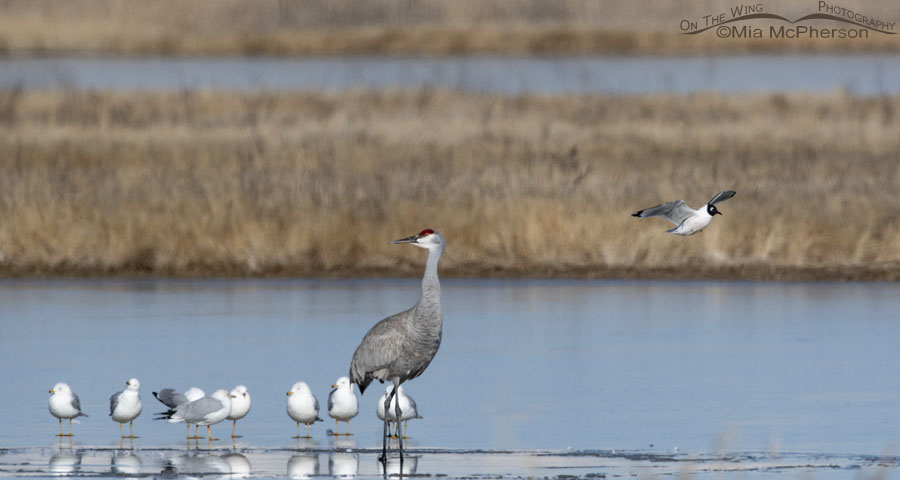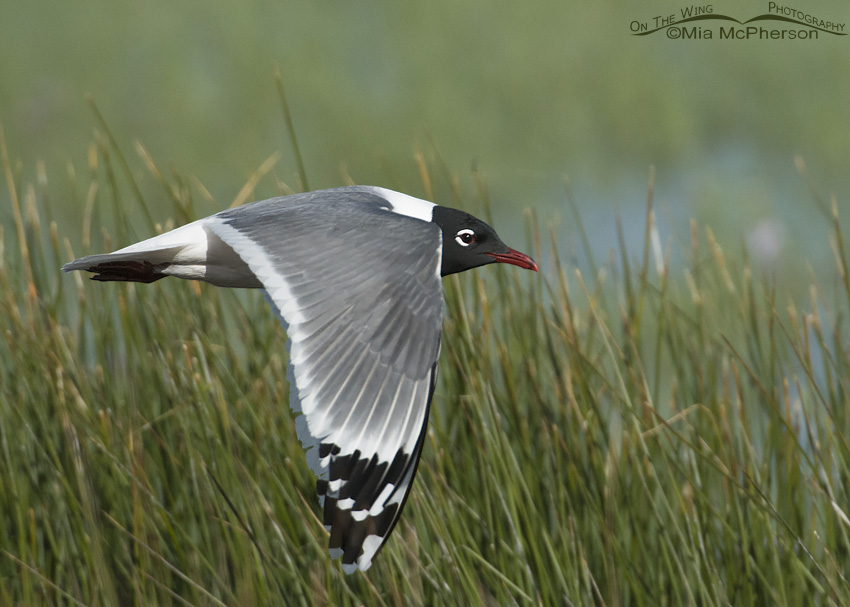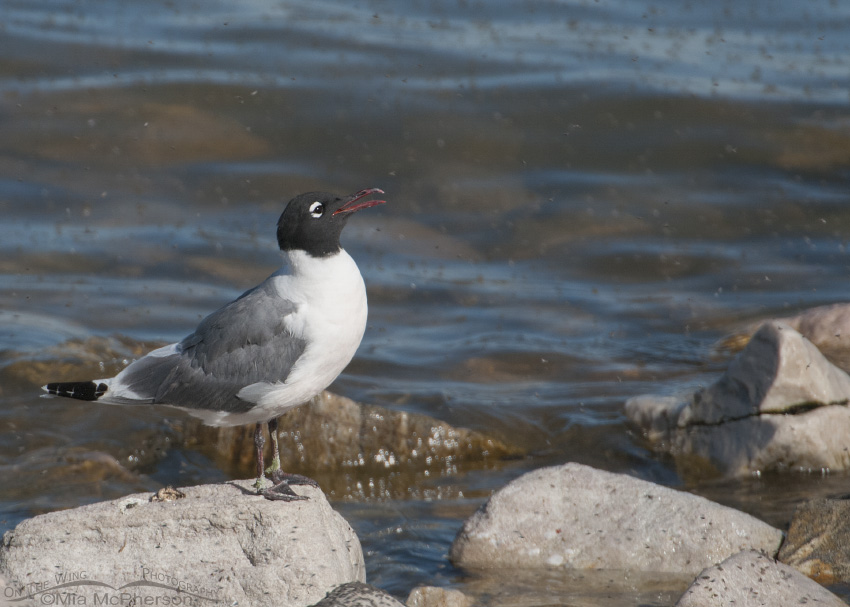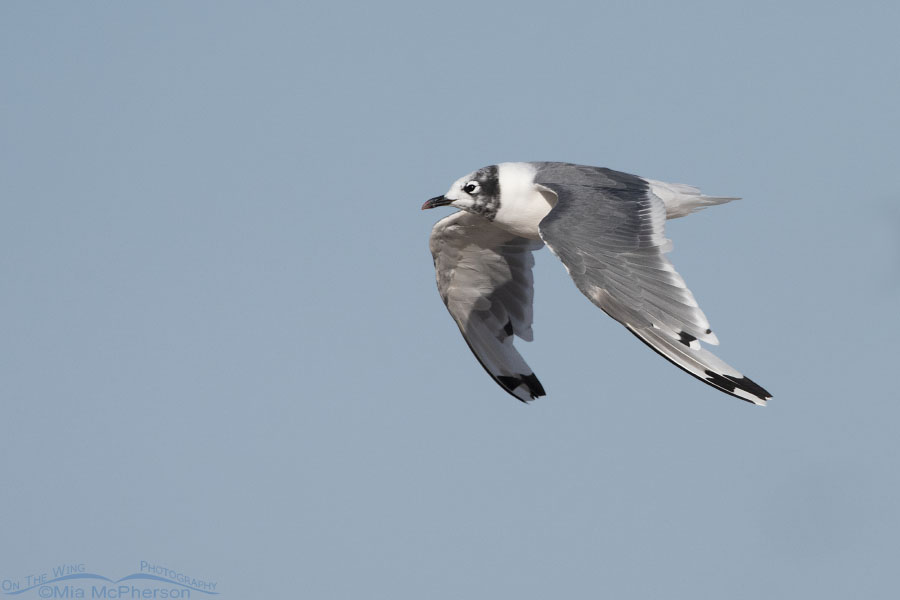 Early Franklin’s Gull at Bear River MBR – March 6, 2018 – Nikon D500, f7.1, 1/3200, ISO 400, Nikkor 500mm VR with 1.4x TC, natural light
Early Franklin’s Gull at Bear River MBR – March 6, 2018 – Nikon D500, f7.1, 1/3200, ISO 400, Nikkor 500mm VR with 1.4x TC, natural light
I meant to share this photo and write about me finding an early Franklin’s Gull at Bear River MBR on March 6th of last year but some thing happened on the morning of March 7, 2018 that caused me to write a post called “When the S___ Hits the Fan, Go To a Happy Place” instead. I bet it had something to do with the old server my site was hosted on at the time crashing that morning and that I spent time trying to get it back on line instead of writing the post about this Franklin’s Gull.
I was at Bear River Migratory Bird Refuge a year ago today and spotted a Sandhill Crane walking in the marsh towards a group of Ring-billed Gulls, it was a chilly morning and there was still a skim of ice on some of the water in this area of the marsh. I wanted a few photos of the crane because it was the first one in my view finder last year. While I had the Sandhill Crane and the Ring-billed Gulls in my view finder I heard a call and it only took a second for my brain to figure out that I was hearing a Franklin’s Gull which surprised me because it was at the refuge much earlier than I have ever seen one there before.
Then also to my surprise the early Franklin’s Gull flew towards the Sandhill Crane and Ring-billed Gulls I had been photographing and I was able to capture it flying by in three frames before it flew out of sight.
Usually Franklin’s Gulls start arriving towards the end of March. I wonder if we will start seeing more early Franklin’s Gulls because of climate change.
 Franklin’s Gull in breeding plumage – Nikon D200, f6.3, 1/2500, ISO 400, -0.3 EV, Nikkor 200-400mm VR with 1.4x TC at 400mm, natural light
Franklin’s Gull in breeding plumage – Nikon D200, f6.3, 1/2500, ISO 400, -0.3 EV, Nikkor 200-400mm VR with 1.4x TC at 400mm, natural light
Franklin’s Gulls do breed in northern Utah, I’ve also photographed them during the breeding season in southwestern Montana along with nearby juveniles.
 Franklin’s Gull feeding on Brine flies – Nikon D300, f6.3, 1/2500, ISO 640, Nikkor 200-400mm VR with 1.4x TC at 400mm, natural light
Franklin’s Gull feeding on Brine flies – Nikon D300, f6.3, 1/2500, ISO 640, Nikkor 200-400mm VR with 1.4x TC at 400mm, natural light
Later in the season I am able see thousands and thousands of Franklin’s Gulls feeding on the brine flies of the Great Salt Lake as they fatten up before migrating in the fall to locations as far south as Tierra del Fuego, Argentina.
 Molting Franklin’s Gull in flight – Nikon D810, f7.1, 1/5000, ISO 500, +0.3 EV, Nikkor 500mm VR with 1.4x TC, natural light
Molting Franklin’s Gull in flight – Nikon D810, f7.1, 1/5000, ISO 500, +0.3 EV, Nikkor 500mm VR with 1.4x TC, natural light
Another interesting fact about Franklin’s Gulls is that most of them have have two complete molts per year rather than one. It is believed they have two molts because of their long-distance migrations plus their exposure to bright sunlight in open habitats in both their summer and winter grounds.
I can’t believe it took me a year to finally write this post and I am now wondering when I will see or hear my first of season Franklin’s Gull for 2019.
Life is good.
Mia
Click here to see more of my Franklin’s Gull photos plus facts and information about this species.


One of my favorite scenes to watch is the Franklin Gull along the Antelope Causeway gulping brine flies.
They are beautiful.
Gorgeous!
These are such beautiful images!!! Love pictures of gulls…they are beautiful, graceful, smart, maddenubg and always entertaining…
So interesting. You write so well.